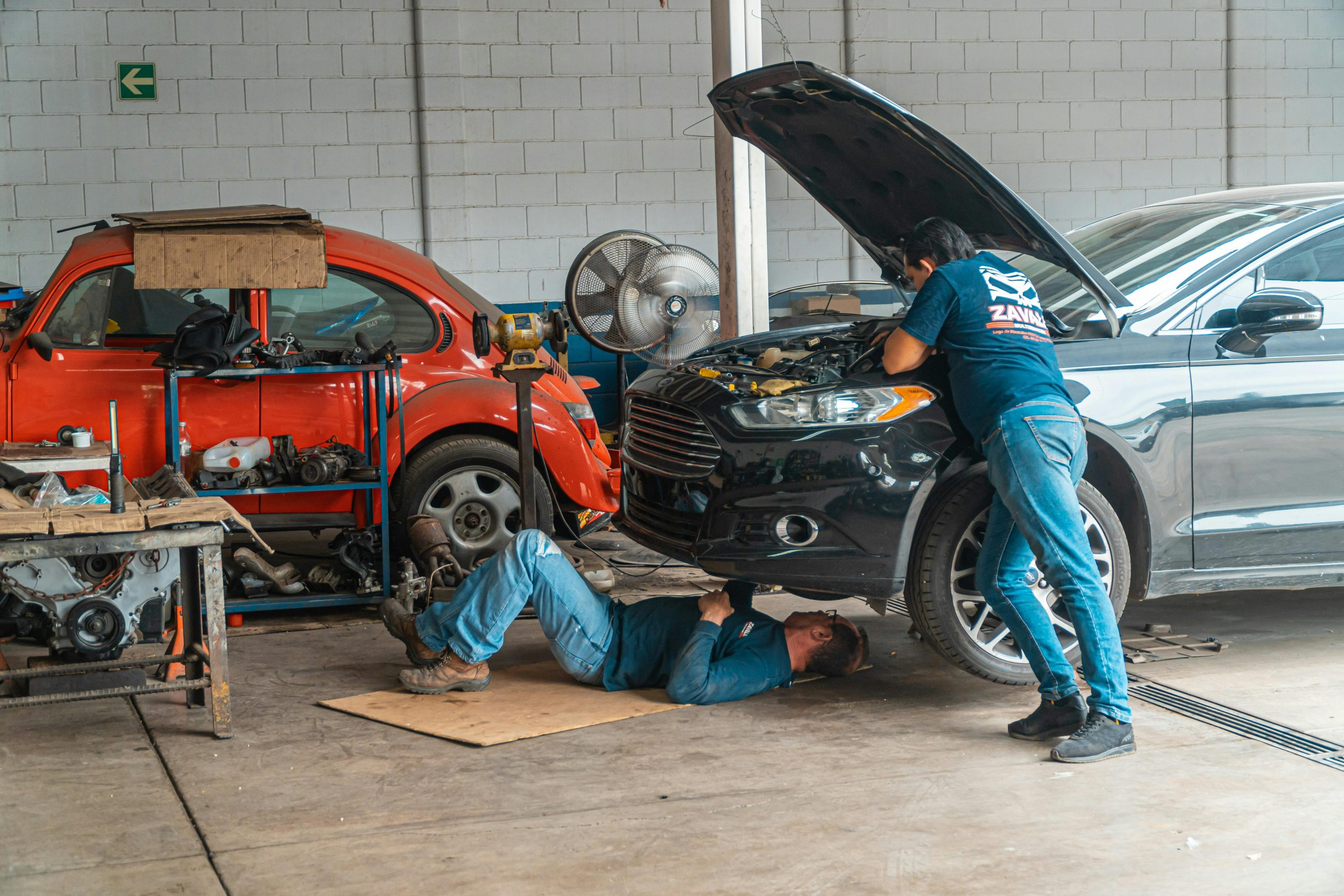Predictive Maintenance: How Cars Diagnose Themselves
In today’s world, technology is advancing rapidly and it has greatly impacted the automotive industry as well. With the rise of self-driving cars and advanced safety features, vehicles have become more intelligent, efficient, and reliable. One such technological advancement that has changed the way we look at car maintenance is predictive maintenance. It allows cars to diagnose their own issues before they develop into major problems, saving time and money for car owners. In this article, we will explore the concept of predictive maintenance and how it is revolutionizing the automotive industry.
What is Predictive Maintenance?
Predictive maintenance is a proactive approach to vehicle maintenance where the car itself identifies potential issues and provides recommendations for preventive actions. This technology works by using sensors and data analysis to monitor the performance and condition of various components of the vehicle. It can detect patterns and anomalies in the data to predict potential failures and alert the driver before they occur.
How Does It Work?
Modern cars are equipped with various sensors and on-board diagnostic systems that continuously collect data while the car is in operation. This data is then analyzed by the car’s onboard computer using complex algorithms to identify any abnormal patterns or potential issues. For example, if a certain component is underperforming or showing signs of wear and tear, the system will flag it as a potential issue and alert the driver.
Predictive maintenance systems also take into account various external factors such as driving conditions, weather, and road conditions to provide accurate predictions. This information is constantly updated and analyzed, allowing the car to adapt and improve its predictive capabilities over time.
Benefits of Predictive Maintenance
There are numerous benefits of predictive maintenance, both for car owners and the automotive industry as a whole.
Cost Savings
Predictive maintenance can help car owners save a significant amount of money by detecting issues before they become major problems. By addressing potential issues early on, car owners can avoid costly repairs and breakdowns, resulting in significant cost savings in the long run.
Increased Safety
Regular maintenance checks can help prevent accidents caused by faulty components. With predictive maintenance, potential issues can be identified and resolved before they pose a safety hazard on the road. This not only keeps the driver and passengers safe but also reduces the risk of accidents for other vehicles on the road.
Better Vehicle Performance
When a vehicle’s components are in good condition, it performs better and is more fuel-efficient. Predictive maintenance allows for timely repairs and replacements, ensuring that the car operates at its optimal level. This not only improves the driving experience but also minimizes the negative impact of vehicle emissions on the environment.
Real-World Examples
Several car manufacturers have already implemented predictive maintenance in their vehicles. For instance, Tesla uses over-the-air updates to analyze data from its vehicles and provide predictive maintenance recommendations to its customers. This enables Tesla to proactively address any potential issues and improve the overall performance of their vehicles.
Another example is Volvo, which uses predictive maintenance technology to monitor the health of their cars’ batteries. By continuously analyzing the battery’s performance, Volvo is able to accurately predict when it needs to be replaced, reducing the inconvenience and cost for their customers.
The Future of Predictive Maintenance
Predictive maintenance is still evolving and as technology advances, we can expect to see even more sophisticated and accurate systems in cars. With the rise of connected cars and Internet of Things (IoT) technology, vehicles will be able to communicate with other devices and systems, providing even more detailed and accurate data for predictive maintenance. This will further increase the reliability and efficiency of cars, making maintenance a seamless and hassle-free experience for car owners.
Conclusion
Predictive maintenance is transforming the way we approach car maintenance. Its ability to detect and address potential issues before they become major problems has significantly improved the safety, performance, and cost-effectiveness of vehicles. As technology continues to advance, we can only expect to see more improvements and innovations in predictive maintenance, making our cars smarter and more reliable than ever before.








